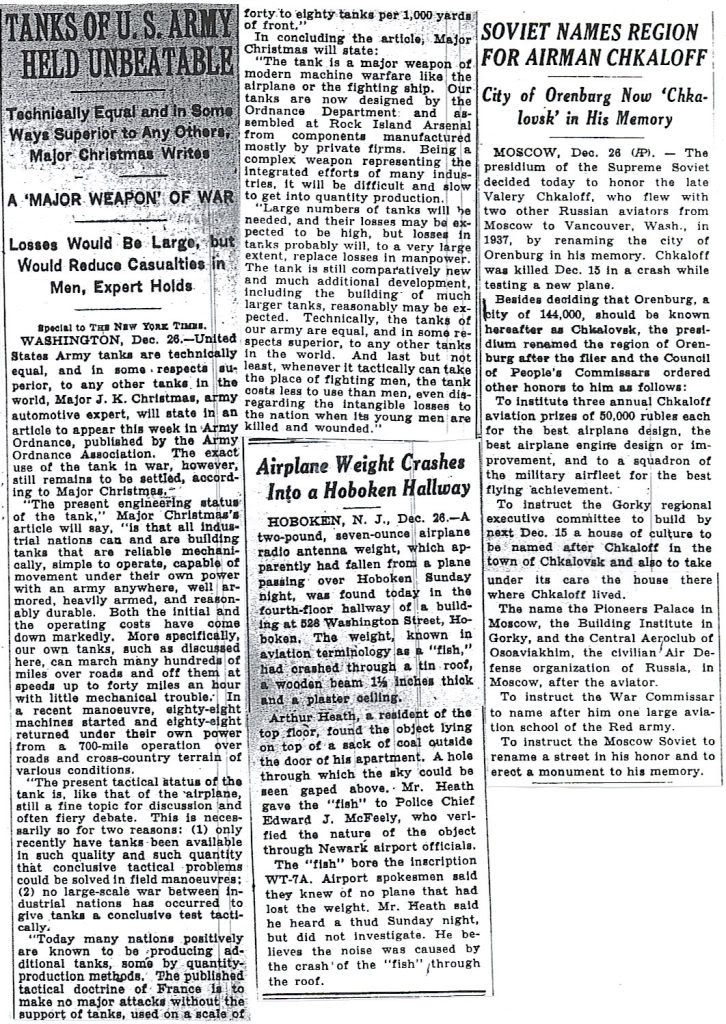
Posted on 12/27/2008 6:44:15 AM PST by Homer_J_Simpson

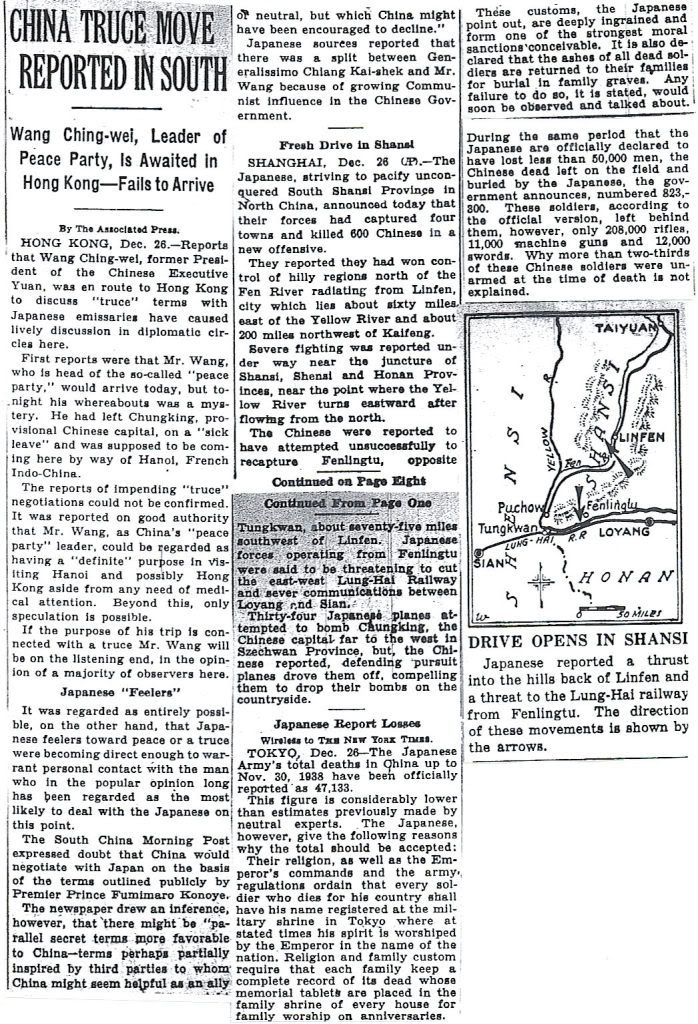
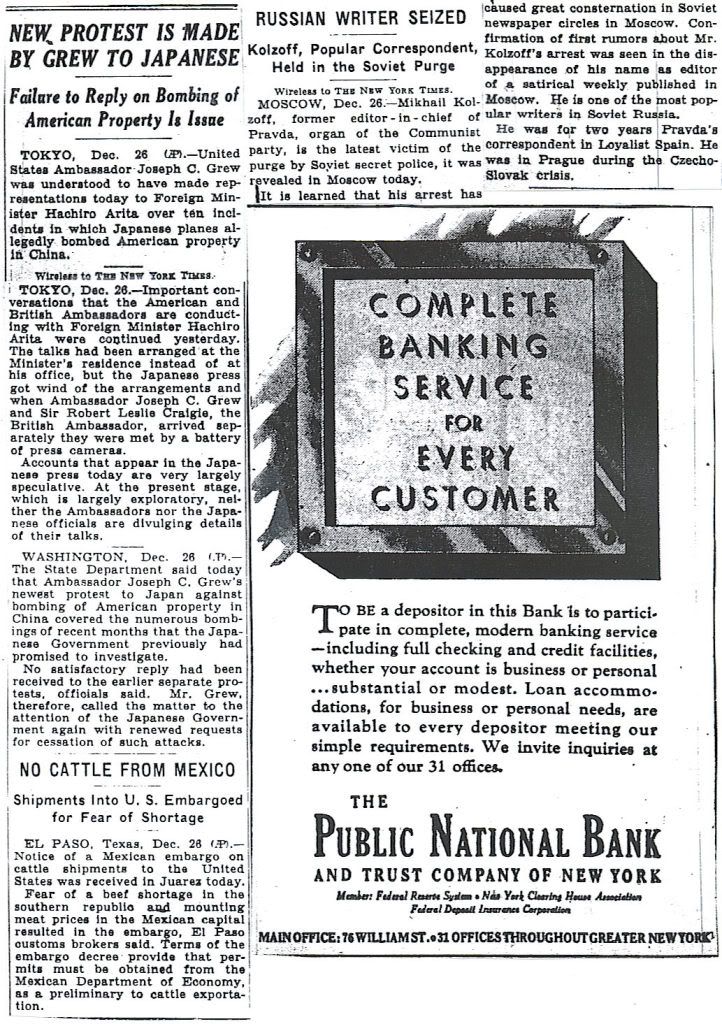
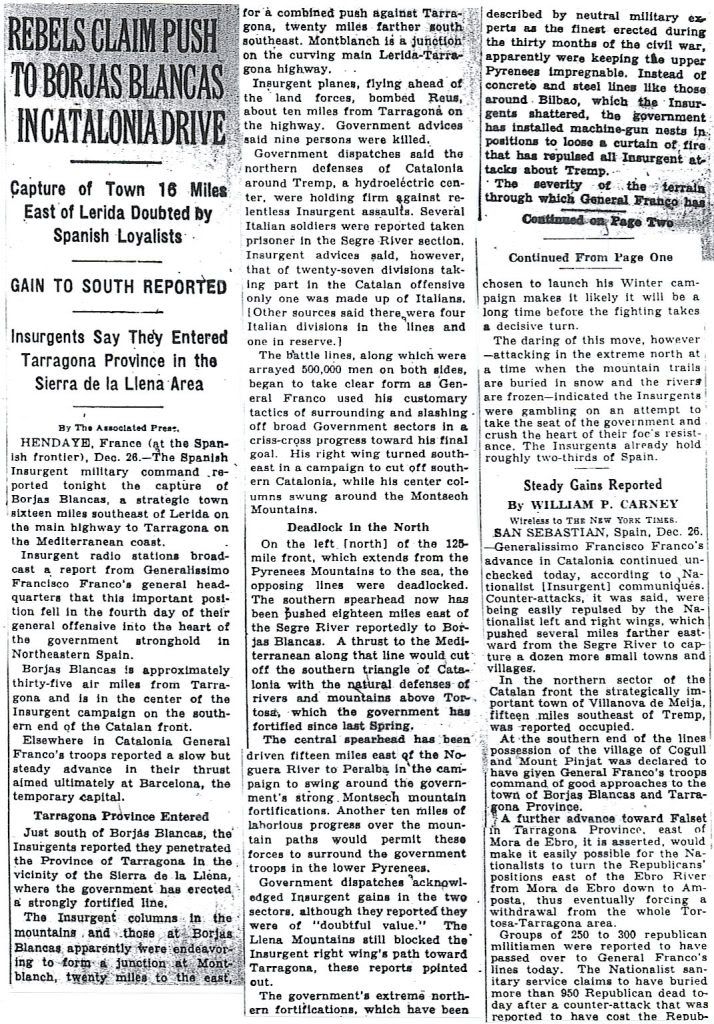
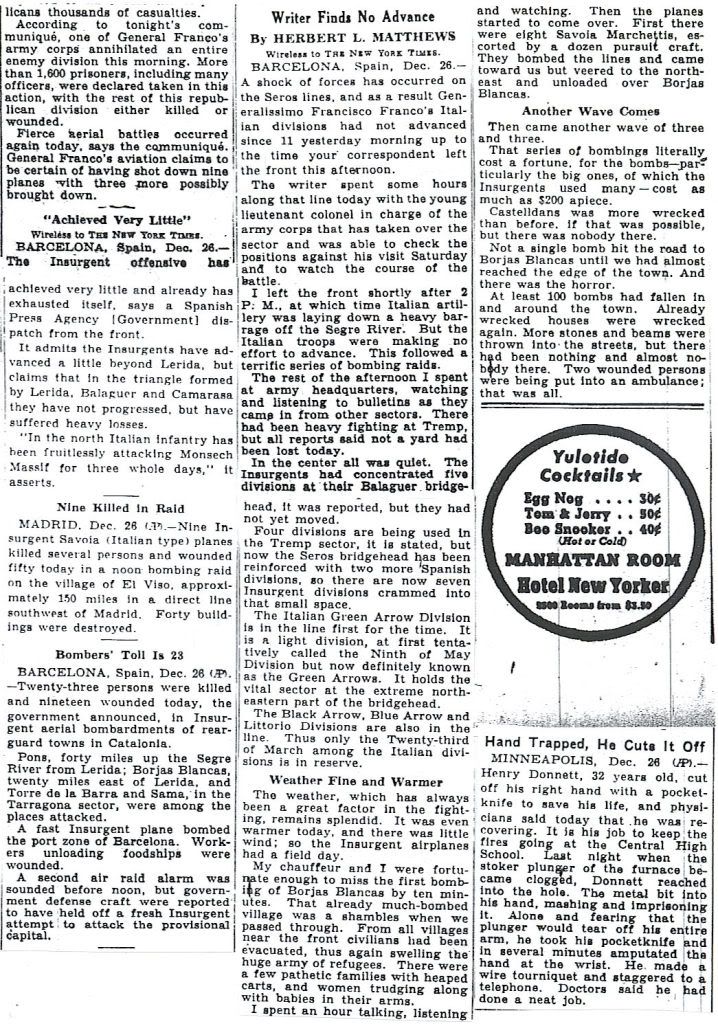
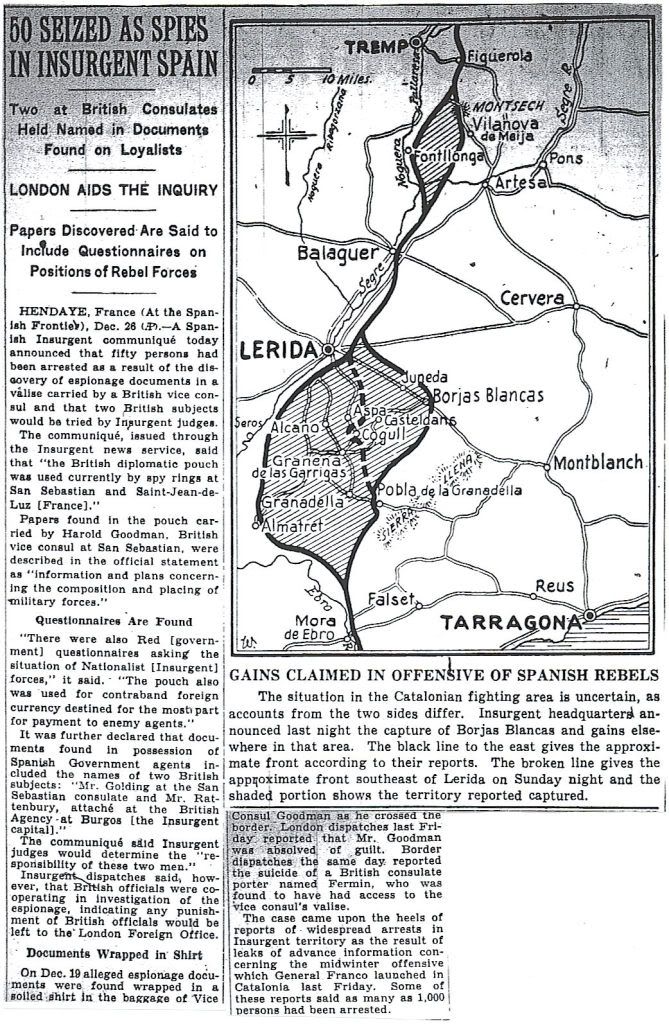
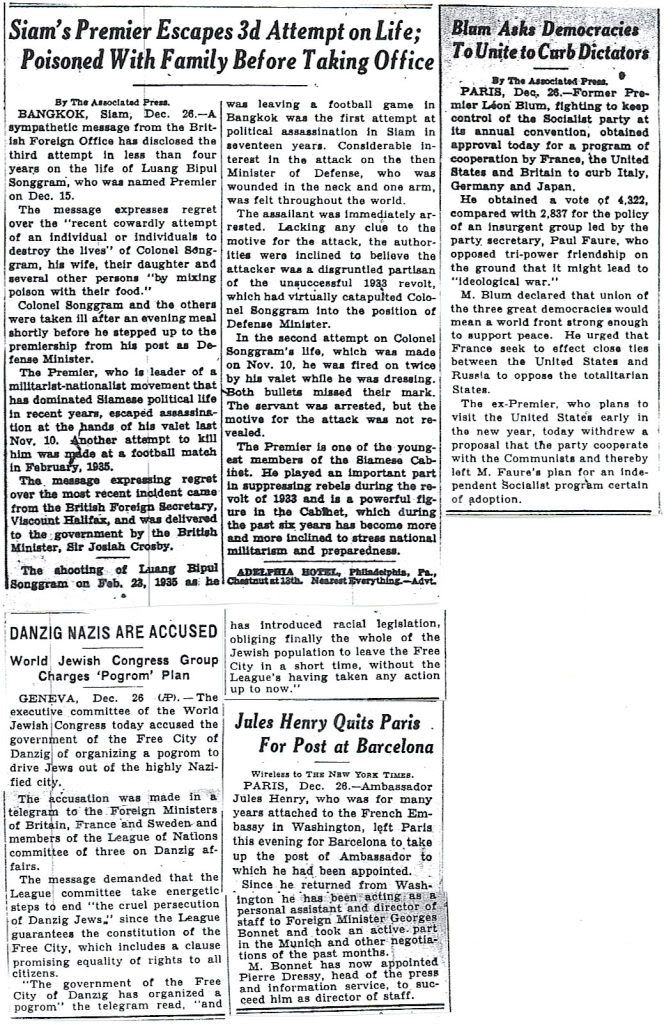
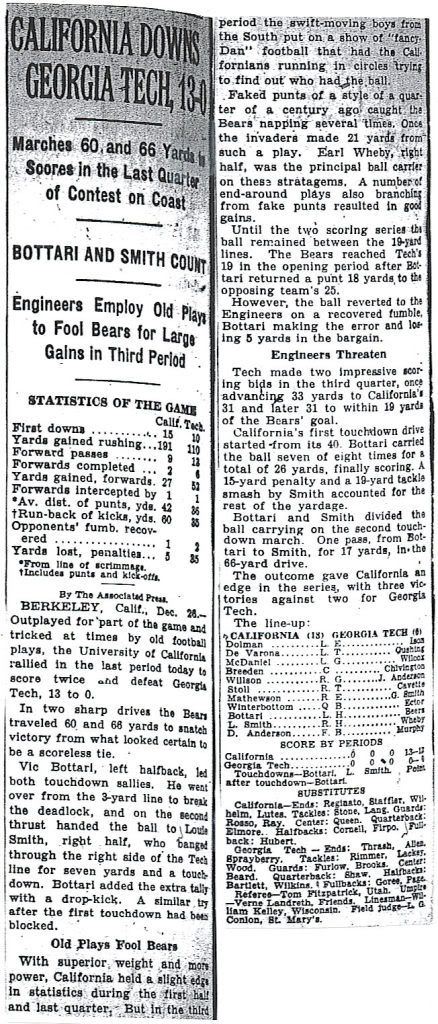
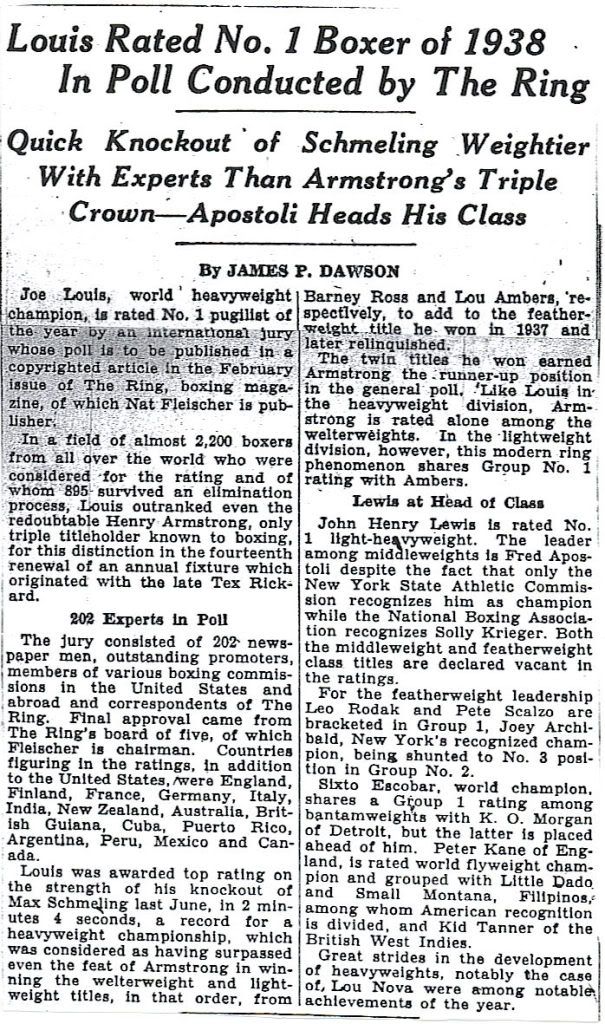

As I recall US Army doctrine in World War II was that the tank forces were not supposed to engage enemy tanks. That was the task of the Tank Destroyers. However it should be noted that the Tank Destroyer units were disbanded after the war after a dose of hard reality.
My grandfather was at Fort Knox (I think it might have still been Camp Knox at the time) when they were doing the testing of the Christie tank in the 1930’s. He took some pictures of the tank during some of the tests, but I don’t know where they are currently located.
The Christie was truly a seminal tank design. A shame that the US Army didn’t take advantage of it.
—That was the task of the Tank Destroyers. However it should be noted that the Tank Destroyer units were disbanded after the war after a dose of hard reality.—
It took a while for the US Army (and perhaps other armies as well) to realize that the best weapon for destroying a tank is another tank. The wonderful M-26 Pershing (ancestor of the M-48 and M-60 series), which did not see action until early 1945, was built for just that purpose. America’s first “Main Battle Tank”, it could take on Tigers and Panthers one-on-one, something a Sherman was not meant to do.
The best thing we could have done tank wise, would have been to offer to build T-34s for the Russians and then build an equal number for ourselves.
On December 28 in Chungking, China's wartime capital for the next seven years, Stilwell was to have a personal meeting with Chiang Kai-shek. By now he had been authorized to return to Peiping preparatory to the end of his tour in May and so his stay in Chungking was short, lasting only from December 19 to 31. It was enough to decide that the remote provincial 500-year-old city with its steep streets and steps climbing up from the river, its open sewers and dank fogbound climate in winter was a "sloppy dump." The meeting with the Generalissimo and Mme. Chiang lasted for only fifteen apparently agreeable minutes. "Very cordial," Stilwell recorded. "Both looked extremely well. They were quite frank. Gave me a photo and their blessing." The signed photograph subsequently occupied a prominent place in Stilwell’s living room in Peiping, perhaps more in defiance of the Japanese than from admiration of the Generalissimo.
Barbara W. Tuchman, Stilwell and the American Experience in China, 1911-45, p. 197
Christmas day 1945?
It's kind of hard to use a tank that isn't operational yet.
Not sure Stalin would have given us the plans to the T-34 anyway. At least not the real plans. It's not like he was very cooperative.
1944.
On the History Channel WW2 forum, there was long ago a thread posted called “Patton and the Pershing Tank.” It was based on a book or article I’ve admittedly never read. The premise is that the Pershing tank, which was equal in speed, firepower and armor protection to all but the King Tiger, was ready for full production in late 1943, and could have equipped several American units by D-Day. However, several generals, of whom Patton was most prominent, killed the production.
Patton was considered the father of American armor doctrine, and his view was that tank-killing was the province of the tank destroyer (M10 Woloverine and later M36 Slugger). American tanks were meant to be like armored cavalry; intended to exploit breakthroughs rather than create them, intended to shoot up rear areas rather than fight enemy tanks.
Other logistical reasons were advanced for why Pershing production was tabled. One was that they didn’t want to diminish Sherman production while plants re-tooled. Another was that Pershings were too large and heavy for existing bridging equipment.
I don’t know whether the article was true or not. If the premise is true, there are a lot of dead American tankers who might not be had they been given something like the Pershing to fight with.
It is pretty clear that compared to the German and Soviet tanks, until the Pershing came along our tanks were pretty lame.
They also called Shermans “Ronsons”, after the then famous cigarette lighters. I believe Ronson’s ads proclaimed that “Ronsons light up every time”. Unfortunately, in Europe, they did.
When the 2d Armored beat the 2d Pz. at Cleves, they had an immense advantage. The panzers were immobile. They were out of fuel.
One thing I found amusing about Major Christmas’ statements is that he says that our tanks are superior, but also say the exact use of the tank in war is unsettled. How would you know if your system is superior if you don’t know how you are going to use it.
On New Year’s Eve I’ll be posting an article that consolidates all of Homer’s threads from this year (1938). So if there is anything you missed you can catch it from there. This has been a real fun exercise in history this year complimants to Homer’s hard work.
Oh, and I did catch that article with the guy cutting his hand off with a pocket knife. It’s amazing what you can do when you think your life is in danger.
I think you just made the most important point.
In 1940, German tanks were not technically superior to French or British tanks, but their tactics, training, leadership and motivation were far better. And that's what made the real difference.
Again in 1941, Russians had some T-34s, which greatly interested German tank men. But those T-34s had no appreciable effect on the war in 1941, because Russians had not yet learned to use them effectively.
And we even heard this same idea stated again after the 1991 Gulf War, where our guys said the results would have been the same, even if we had Saddam's tanks, and he had ours!
A tank, no matter how good, by itself is nearly useless. What really matters are the combined arms with which it fights.
Cooper was referring to Patton’s decision to keep the Sherman as our primary tank. It was reportedly made in early 1944; by that time, the M-26 had been developed and was ready for series production.
However, even in World War II, there was a limit on the number of tanks we could produce. Ramping up the manufacture and deployment of the M-26 would mean fewer Shermans coming off the assembly line. The decision on which tank to produce (in the greatest numbers) fell to Patton, the leading expert on armored warfare in our Army.
General Patton based his decision on our doctrine at the time, which stated that the primary mission of our tanks was to slice into the enemy rear—and not engage enemy tanks. Because the Sherman was faster and more fuel efficient, he favored the M4. According to Cooper, that decision was a big reason the Pershing was not produced in significant quantities until after the war, and reached the ETO in only limited numbers in early 1945.
In fairness, I should note that Cooper’s claim has been disputed by historians who have written extensively on the M-26. One writer says he can find no evidence to support Mr. Cooper’s assertion, but he maintained that position until the end of his life.
Interesting. Our tanks weren’t exactly the biggest and the best but they were fixable and reusable.
The article on Spain was interesting. Herbert L Mathews was such a shill for Mussolini in a later article its hard to take him seriously.
He had a long career. Someone pointed out on one of these threads that he would later shill for Castro.
Disclaimer: Opinions posted on Free Republic are those of the individual posters and do not necessarily represent the opinion of Free Republic or its management. All materials posted herein are protected by copyright law and the exemption for fair use of copyrighted works.